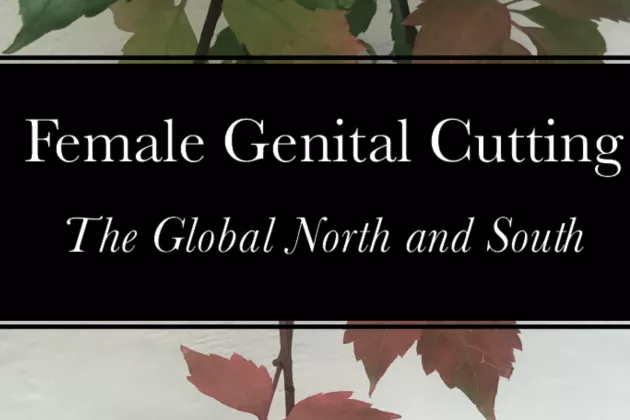In recent decades, female genital mutilation has come to be regarded as a major breach of human rights. International anti-FGM agencies such as WHO, UNICEF and The Red Cross/Red Crescent have drawn up strongly worded documents designed to protect women and children from this procedure.
Nonetheless, it continues to be practised, in keeping with prevalent power relations and local cultural values.
International resolutions and national legislation alone are inadequate for putting a stop to well established social patterns. The question therefore is how sustainable social change may be brought about among people who support a particular practice that is considered by others
to be an offense.
Our chapter is based on ethnographic fieldwork conducted in Cairo, Egypt, and Casamance, Senegal, where female genital cutting is widely referred to by those who practise it as “circumcision” (ṭahâra in Egypt and sunay or circoncision in
Senegal).
FEMALE GENITAL CUTTING The Global North and South Edited by Sara Johnsdotter


